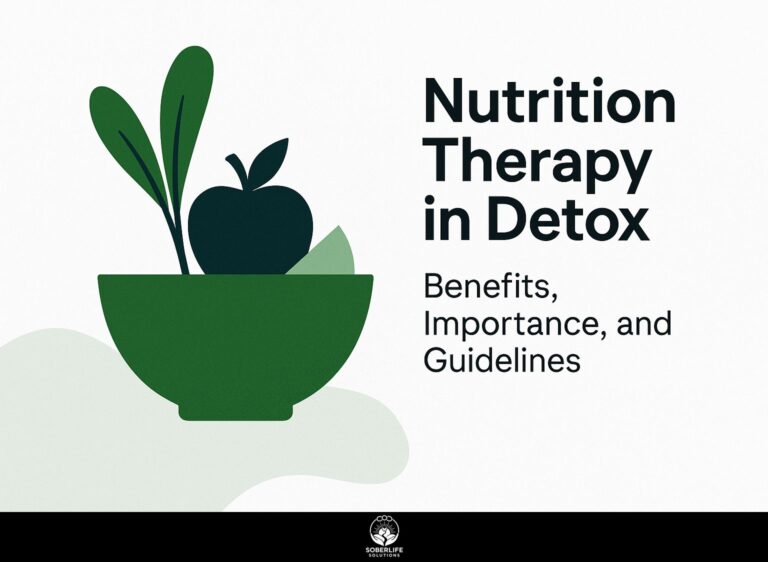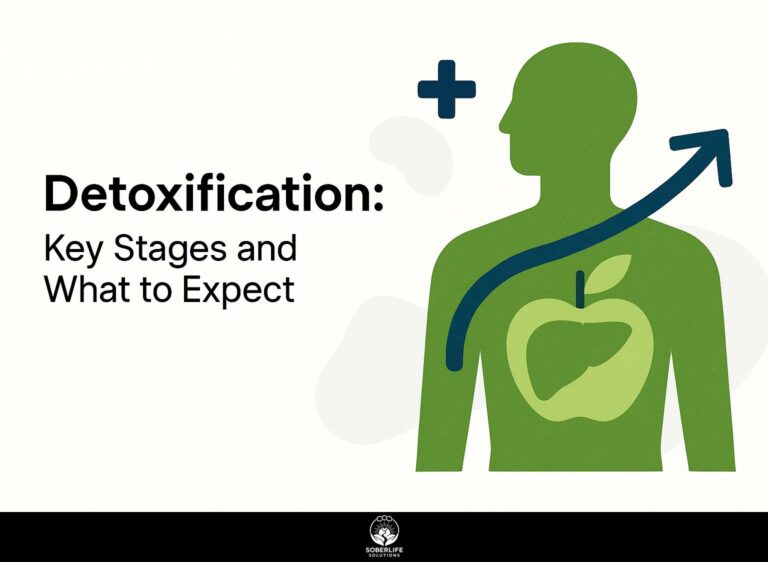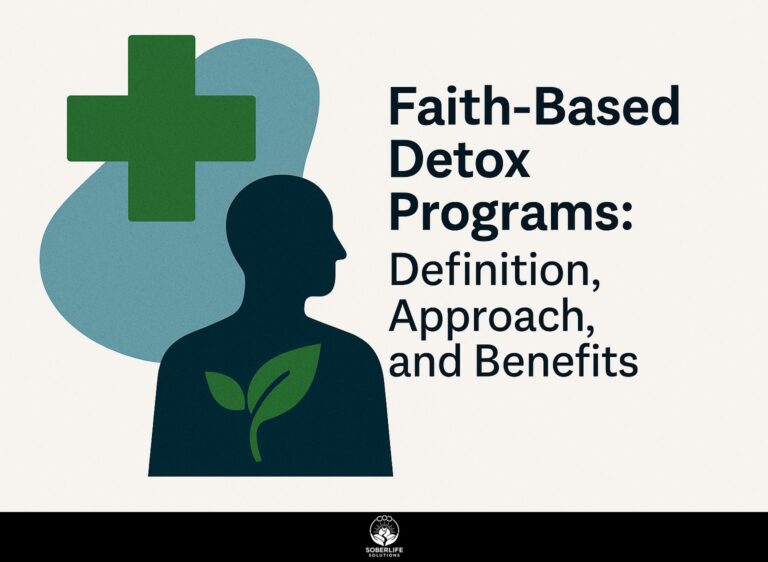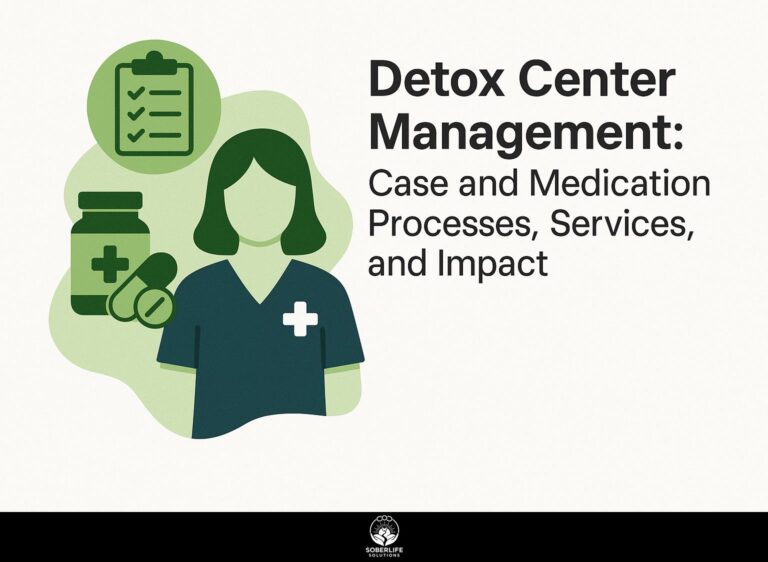Social Detox: Process and Benefits
Introduction to Social Detox
Feeling overwhelmed by your social media feeds? You’re not alone. Many struggle with digital addiction, but a social detox offers a path to recovery. At Wasatch Recovery Treatment Center in Cottonwood Heights, Utah, we guide individuals through intentional breaks to reclaim mental clarity and real-world connections. This article walks you through the detox process and its life-changing benefits-helping you unplug meaningfully and rebuild healthier habits.
Key Takeaways:
Defining Social Detox
error
What It Is
Social detox is a purposeful, time-bounded reduction of notifications (5 per day) that drops dopamine spikes by roughly 20 % and curbs the “fear of missing out” (FOMO) loop.
This dopamine reduction allows your brain’s reward pathways to reset, decreasing dependency on external validation.
- Implement using iOS Screen Time to set a 30-minute daily Instagram limit, or Android’s Digital Wellbeing for app timers.
- Track progress through weekly screen time reports, aiming for under 2 hours daily social media use.
Most users report reduced anxiety within 7-10 days as the neurological craving for intermittent rewards diminishes.
What It Is Not
A social detox is not a permanent abandonment of all digital tools nor a 24-hour binge-free blackout, which research shows yields only a 5 % habit reduction.
Instead, implement a structured 7-day plan:
- Designate specific no-phone hours (e.g., 8-10 PM)
- Use app blockers like Freedom to restrict social media access
- Schedule analog activities like reading or walking
Track progress with a simple journal, noting reclaimed time and mental clarity. This approach builds sustainable habits rather than creating rebound usage spikes.
The Process of a Social Detox
error
Setting Clear Intentions
error
Next, set a daily check-in reminder in Google Calendar to log your actual usage.
error For example, note if triggers like evening boredom increased usage.
Share these logs weekly with your counselor via the portal’s messaging feature to adjust strategies as needed, ensuring continuous support and measurable progress toward your goal.
Choosing a Duration
Pathways Recovery in Roseville, California recommends a 7-day detox for beginners and a 14-day program for chronic users, noting a 45 % habit-reduction rate after the 7-day protocol.
Select your program length using this decision tree:
- if daily use is under 3 hours, choose 3 days;
- 3-6 hours warrants 7 days;
- over 6 hours requires 14 days.
The Sacramento pilot study showed 22% better long-term retention with extended programs. For example, a user consuming 5 hours daily would follow the 7-day protocol, combining medical supervision with cognitive behavioral therapy to reinforce the initial 45% reduction.
Informing Your Network
error
Sample script: ‘Thank you for your message. I am currently on a digital detox until [return date] and will respond upon my return. For urgent matters requiring immediate attention, please contact [emergency email].’
- Set this up in Gmail via Settings > See all settings > General > Vacation responder.
- For Outlook, use File > Automatic Replies.
- Remember to test before activating.
Deleting Apps & Setting Boundaries
Use iOS Screen Time or Android Digital Wellbeing to set a hard 30-minute daily limit for each social app and then delete the Instagram, TikTok, and Snapchat apps from your home screen for the detox period.
Next, enable Downtime from 9 pm to 7 am to block all non-essential apps during sleep hours.
For added commitment, use AppCleaner on iOS to hide these apps entirely.
Install Forest ($1.99) as a positive replacement-it grows virtual trees during focused sessions.
error
Benefits of a Social Detox
error
Improved Mental Health
A Brown University trial found that a 5-day social detox reduced self-reported stress by 28 % and lowered dopamine-related craving spikes by 22 %, while participants logged an average of 1.5 more hours of uninterrupted sleep per night.
To track similar improvements, monitor these key metrics:
- stress via Perceived Stress Scale (PSS)
- anxiety with GAD-7 questionnaire
- sleep quality using Pittsburgh Sleep Quality Index (PSQI)
For actionable results:
- journal emotions nightly
- practice 10 minutes of daily mindfulness meditation
- consider a 3mg melatonin supplement 30 minutes before bedtime if sleep onset remains difficult
Increased Productivity
error
To replicate these results, first calculate your current distraction cost: multiply your average minutes lost per interruption by daily notifications (e.g., 12 min x 15 alerts = 3 hours/day).
- Implement app limits using iOS Screen Time or Android Digital Wellbeing.
- Pair this with Pomodoro sessions using Focus Keeper (25 min work/5 min break).
- Track reclaimed focus time in Toggl.
A simple spreadsheet with columns for Date, Interruptions, and Deep-Work Minutes will reveal your progress weekly.
Frequently Asked Questions
What is the process of a Social Detox?
The process of a Social Detox involves a short-term, non-medical intervention designed to help an individual safely withdraw from alcohol or drugs in a supervised, supportive environment. It is the first step before entering a formal rehabilitation program. The process typically includes initial assessment, 24/7 monitoring for safety, providing a calm and stable environment, nutritional support, and counseling to motivate the individual toward long-term treatment. The primary goal is to manage the initial physical and psychological challenges of withdrawal and prepare the person for the next phase of recovery.
What are the key benefits of undergoing a Social Detox?
The key benefits of a Social Detox include a safe and supervised environment to manage withdrawal symptoms, which reduces the risk of medical complications and relapse during this vulnerable period. error error
How does a Social Detox differ from medical detoxification?
Social Detox differs from medical detoxification primarily in the level of medical intervention. A Social Detox is a non-medical process focused on providing peer support, supervision, and a stable environment for individuals experiencing mild to moderate withdrawal symptoms that are not life-threatening. error
Who is an ideal candidate for a Social Detox program?
An ideal candidate for a Social Detox program is an individual who is motivated to stop using substances and is experiencing mild to moderate withdrawal symptoms that do not require intensive medical management. They should be medically stable aside from their withdrawal, and their primary need is for a supportive, substance-free environment to break the cycle of addiction and begin engaging with counseling and recovery resources. error
Can a Social Detox program guarantee long-term sobriety?
No, a Social Detox program alone cannot guarantee long-term sobriety. error The true work of achieving and maintaining long-term sobriety happens in the subsequent phases of treatment, such as inpatient or outpatient rehabilitation, therapy, support groups, and aftercare planning. error
What should someone expect during their stay in a Social Detox facility?
During a stay in a Social Detox facility, an individual can expect to be in a structured, supportive, and substance-free environment. They will undergo an initial intake and assessment to create a care plan. The stay involves 24/7 supervision by trained staff for safety and support, but not intensive medical care. The routine often includes scheduled meals, rest, and opportunities to engage in introductory counseling or educational groups about addiction. The focus is on providing a calm space to get through withdrawal and build motivation for continued treatment.





